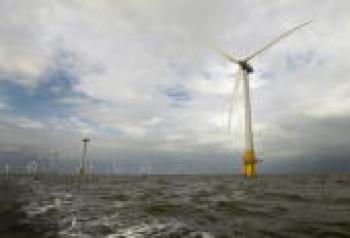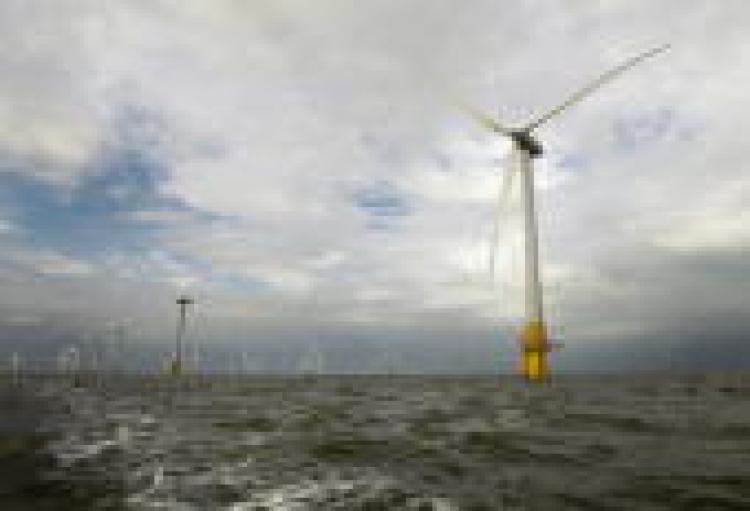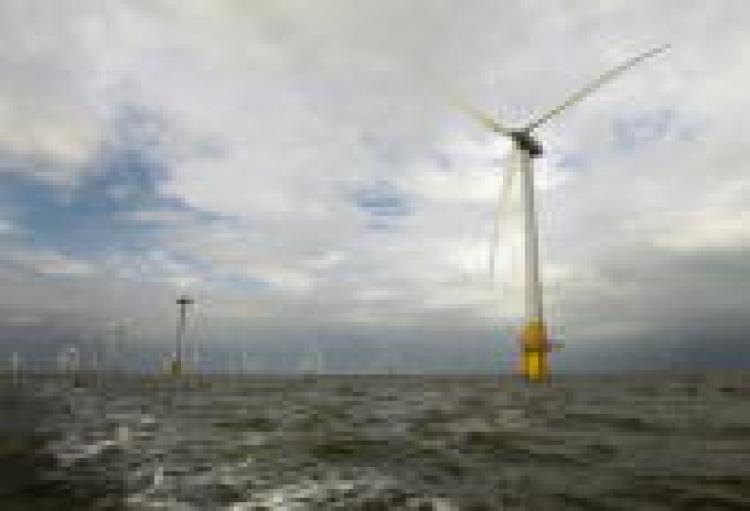The UK is the leading country in offshore wind capacity and this will be the largest power programme for the next 10 years, matching the expanse of North Sea oil in the 1980s.
Gordon Brown said in a press statement: “This new round of licences provides a substantial new platform for investing in UK industrial capacity. The offshore wind industry is at the heart of the UK economy’s shift to low carbon and could be worth £75 billion and support 70,000 jobs by 2020.”
However, British business could flounder due to foreign investment and limited subsidy as only five of the nine wind power consortia involve British companies, and only one has a majority holding in a winning contract, according to Guardian energy correspondent Terry Macalister.
Companies which have signed up to go through the planning stage include E.ON, RWE, and Siemens, all from Germany. Centrica, the parent group of British Gas is the sole group with a majority British input, although Scottish Power and SSE Renewables had large stakes in areas like Dogger Bank and Firth of Forth.
The exact form that turbine housing will take is still under debate.
One suggestion is to have a large raft or platform like an oilrig holding several wind turbines. The Carbon Trust has a competition to find innovative foundation designs suitable for deeper seawater conditions of 30-60 metres on a large scale.
The sites are further out than present offshore wind farms.
Demonstration models and projects will have to be shown over the next two years. The competition registration closes on June 15th, 2010.
In August last year, Vestas, a Danish-based wind turbine manufacturer in Newport, Isle of Wight, closed down after strong resistance. This loss of 600 jobs was seen as an inability by government to back its renewable energy and low-carbon industrial strategies.
Vestas said wind farms were not being built fast enough to keep it supplied with orders. The company left with the possibility of returning after 2015 when projects like those named on January 8th would come into effect.
Britain currently has no commercial-scale wind turbine manufacturing plants following the Vestas closure. China and Spain have policies enforcing the local manufacture of wind turbine components. Vestas may not have closed had such a policy existed in England.
Connections to the National Grid would have to be made from scratch. Other countries’ offshore wind farms have infrastructures through which excess power can be channelled even to other nations.
Site capacity, availability of capital, and National Grid access are some of the obstacles highlighted by developers in a report produced last year for The British Wind Energy Association (BWEA).
Other UK developments have to find funding from outside Britain. London Array consortium plans to build the world’s largest offshore wind farm in the Thames Estuary, and has applied for a £1 billion loan from the European Investment Bank.







Friends Read Free